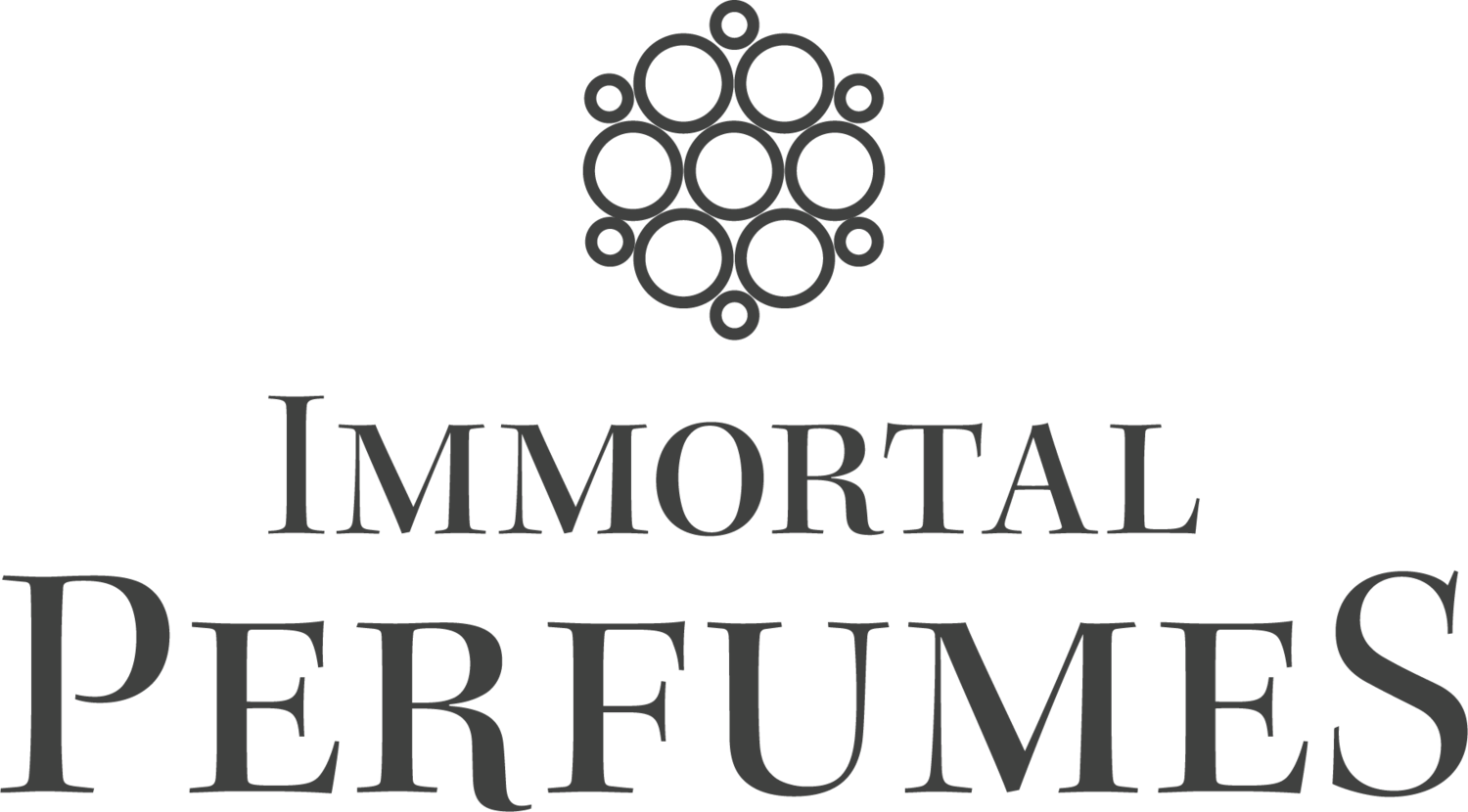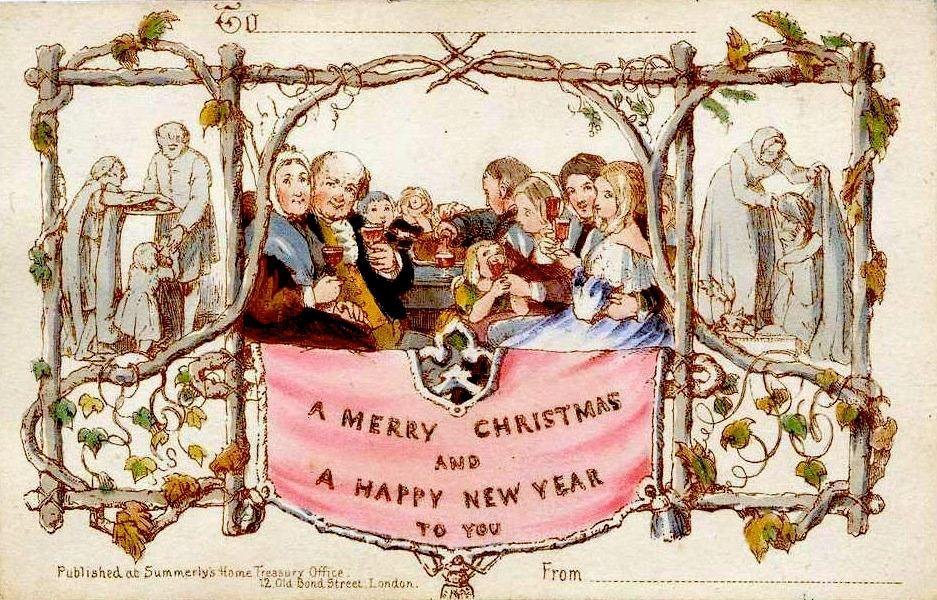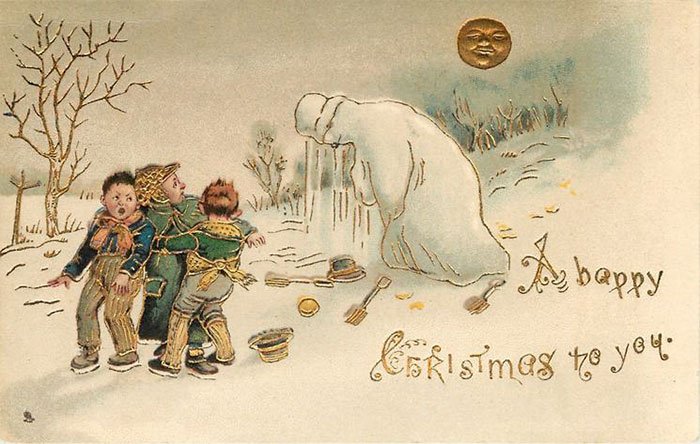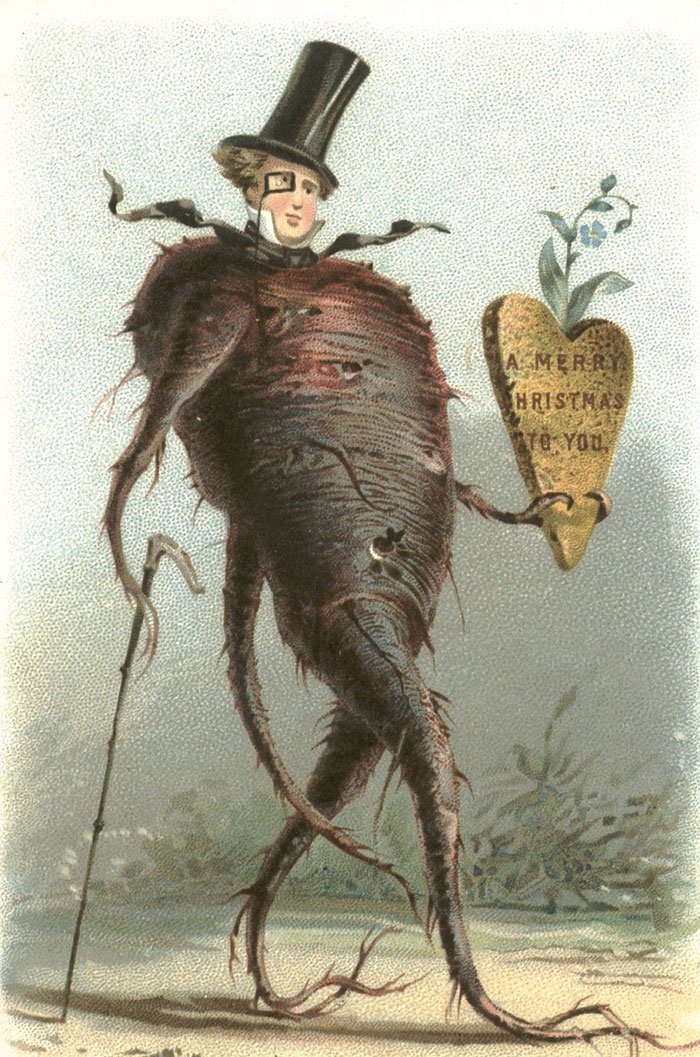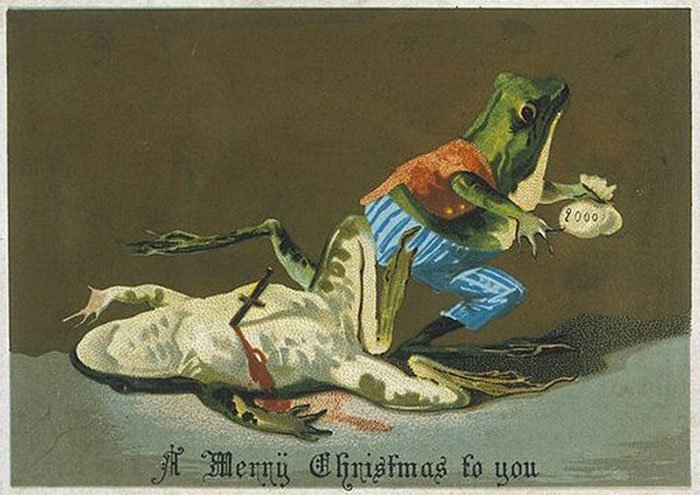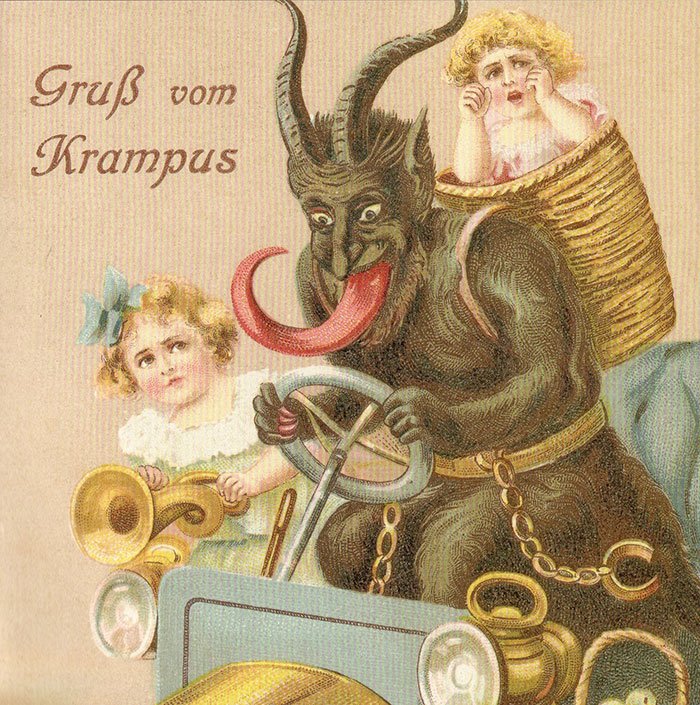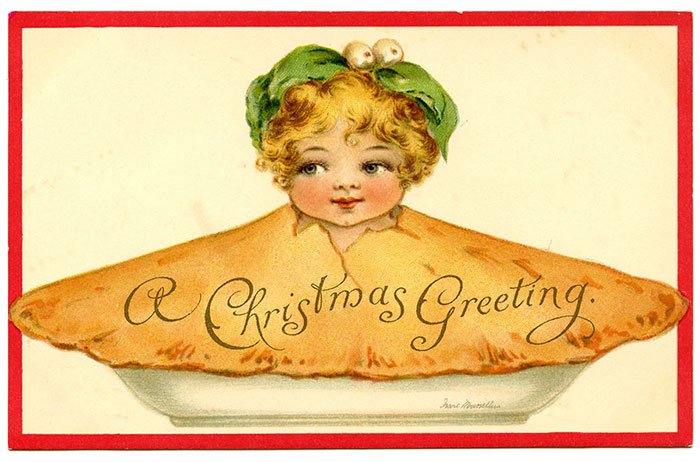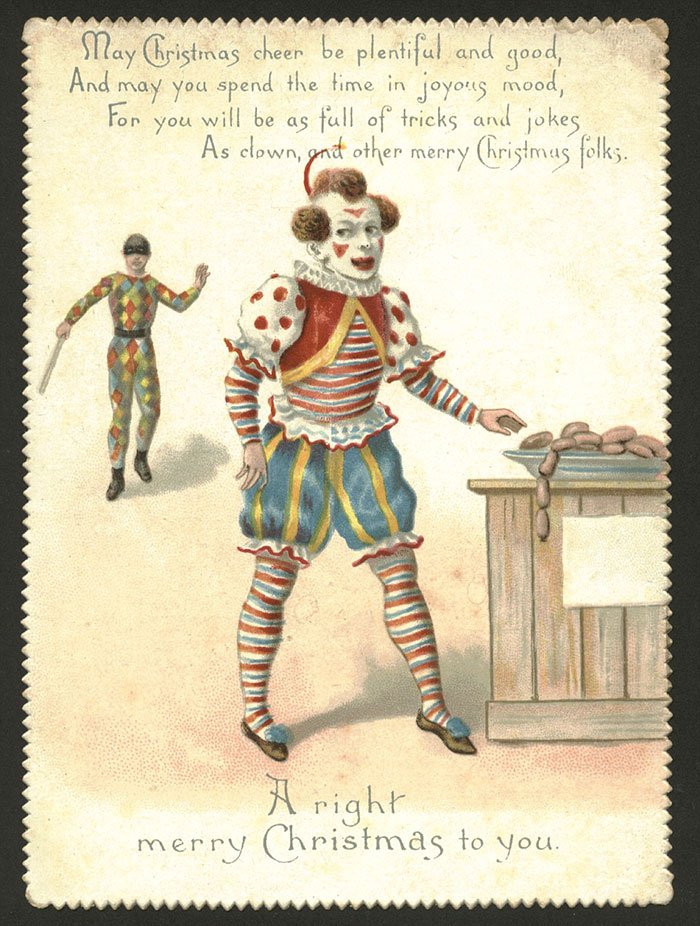VICTORIAN CHRISTMAS TRADITIONS
This blog post is adapted from the Storical Podcast episode, “A Very Victorian Christmas.” To listen to that episode, use the player above or find the episode wherever you normally get your podcasts.
Christmas as it is celebrated today got many of its traditions from the Victorian era. To kind of set the scene for you, prior to Victoria’s ascension, Christmas was pretty much just another day – most didn’t have the day off and any celebrations were decidedly low key. Victoria became queen in 1837 and married Albert in 1840. That was when the festivities really began.
The origins of Christmas trees
Let’s start off with one piece of Christmas iconography we can all get behind: the Christmas tree. Christmas trees had been a thing in Germany since at least the Middle Ages but hadn’t really caught on in England. Queen Victoria’s mother, German Princess Victoria of Saxe-Coburg-Saalfeld, observed this tradition in her new home. But it wasn’t until Victoria married Prince Albert that the Christmas tree really caught on.
This was thanks in part to a drawing of Victoria, Albert, and their children admiring their ornamented and illuminated tree in 1848. The drawing ran in a London newspaper and soon all the middle-class families wanted a tree. Family was a cultural touchstone in the Victorian era and Victoria and Albert were often looked to as the model and inspiration. It was kind of the same situation when they got married – most women in Western nations wanted to wear a white dress after that.
Now if you laughed at the 2020 Rockefeller Center Christmas tree that was very sad and bare, that’s actually what most of the trees during Victorian times looked like. The reason? They purposely shaped the trees and cut and trimmed branches because instead of electric twinkling lights like we have now, they used actual candles to light their tree. To keep these candles from burning down the entire house, they had to keep the branches separated.
Between real candles on their Christmas trees and arsenic wallpaper it is seriously a wonder anyone made it out of that century alive.
On that same note, keepsake ornaments became a thing around this time thanks to the Industrial Revolution which saw products getting mass produced cheaply.
The origins of gift-giving
Giving presents had traditionally been something done on New Year’s. Gifts were generally very simple like fruit, nuts, or sweets, or if it was an object, the gift was generally homemade. But homemade in this instance meant expensive – something bought from an artisan craftsman.
Prior to this period not many could afford these types of gifts. Again, the Industrial Revolution made sweeping changes to the means of production and cost. With more families rising to the middle class and mass-produced presents made cheaply, holiday shopping started to pick up. Another interesting thing about gift giving was that with the smaller objects, people would just put the gifts on the tree. When larger presents became more widespread, presents were moved under the tree as we have now.
The origins of Christmas cards
Two things happened that led to the rise of Christmas cards. First, in 1840 the Penny Post was introduced. This was a cheap stamp that only cost a penny and you could send either a card or a letter to any place in Britain. By 1870 it was further reduced to a half penny.
Three years later in 1843, Henry Cole, Prince Albert’s buddy and the future director of the Victoria and Albert Museum created the first mass produced Christmas card. He hired an illustrator to draw his family enjoying a festive dinner and on the sides of this image are pictures of the family helping the poor with food and clothing. The card says in bold letters “Merry Christmas and Happy New Year to You.”
Cole had 1000 of these cards printed and the ones left over from sending to friends and family were sold to the public for a shilling a piece. That was a bit of money so again only middle- and upper-class families could afford it but after that Christmas cards took off!
Now Victorians were a lot freakier than we tend to give them credit for. A lot of Christmas cards were bizarre and macabre. There is a Victorian Christmas card with a frog murdering another frog with a knife while stealing the dead frog’s money and underneath it says “Merry Christmas to you.” There’s one that says “A Happy Christmas” where a man is getting eaten by a bear. As much as we rip on Hallmark these days, they at least saved us from deeply disturbing Christmas cards.
And just a little Hallmark digression, in the 1940s they hired Salvador Dali to make some Christmas cards.
The origins of mistletoe
While the idea of kissing under mistletoe goes all the way back to Norse Mythology, the Victorians loved the tradition of what they called Kissing Balls.
Being virtuous and buttoned up was a strict Victorian value. But all that prudishness meant pent up sexual desire. So how do you get around strict social norms? You make it socially acceptable to steal a kiss under a ball of mistletoe and evergreen branches. You may have needed a chaperone 24/7 but all bets were off if you played your cards right and waited for your crush to step under a kissing ball.
Charles Dickens and “A Christmas Carol”
This story, perhaps more than any other helped shape the traditions and themes of modern Christmas celebrations. “A Christmas Carol” was written in 6 weeks during a time in his life when Dickens was a bit down on his luck. Because of the failure of his previous book “Chuzzlewit,” his publishers had Dickens pay for the publishing of “A Christmas Carol” up front. Dickens was proud of the work and insisted it have a fancy leather binding with gilded pages. When the design was not to his satisfaction, they redesigned the book and it was ready just two days before its publish date of December 19.
Each copy was 5 shillings which was a heavily discounted price in relation to the production costs, but Dickens wanted everyone, even those not as well off to be able to enjoy it. The first run of 6,000 copies sold out by Christmas Eve. But because of the publishing hit, he only made 230 pounds when he had expected at least 1000 pounds.
It was an instant classic with almost universal praise, but he was disappointed it didn’t make the money he had expected. But it did reaffirm his place as the Victorian era’s most accomplished writer.
The story reinforced the ideas of charity, love, and spending time with friends and family as solidly Christmas traditions. By the end of the Victorian era, people got their days off for the holiday and those in the servant classes got Boxing Day off. Thanks to the expansion of railroads during the 1800s, people were able to travel more freely and get back to see their families.
Holiday history
Christmas is the behemoth it is today thanks to Queen Victoria, Prince Albert, and Charles Dickens. A motley crew to be sure. If you’d like more holiday history, check out these episodes of Storical Podcast.
